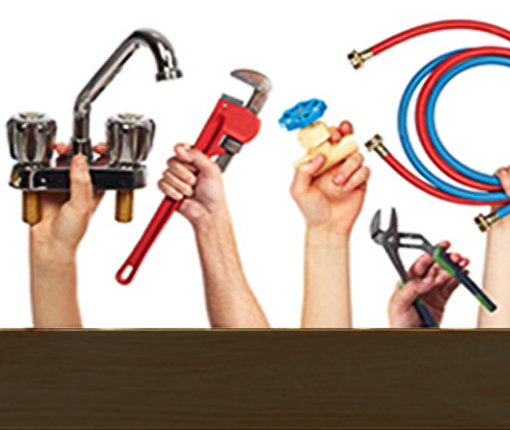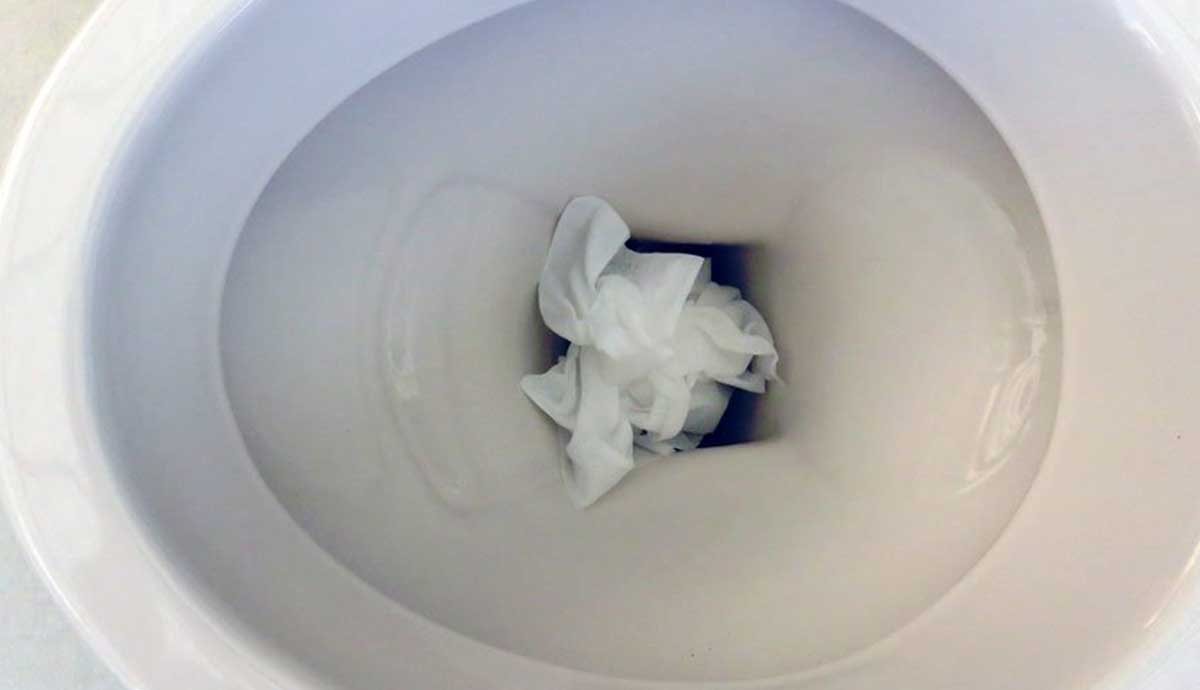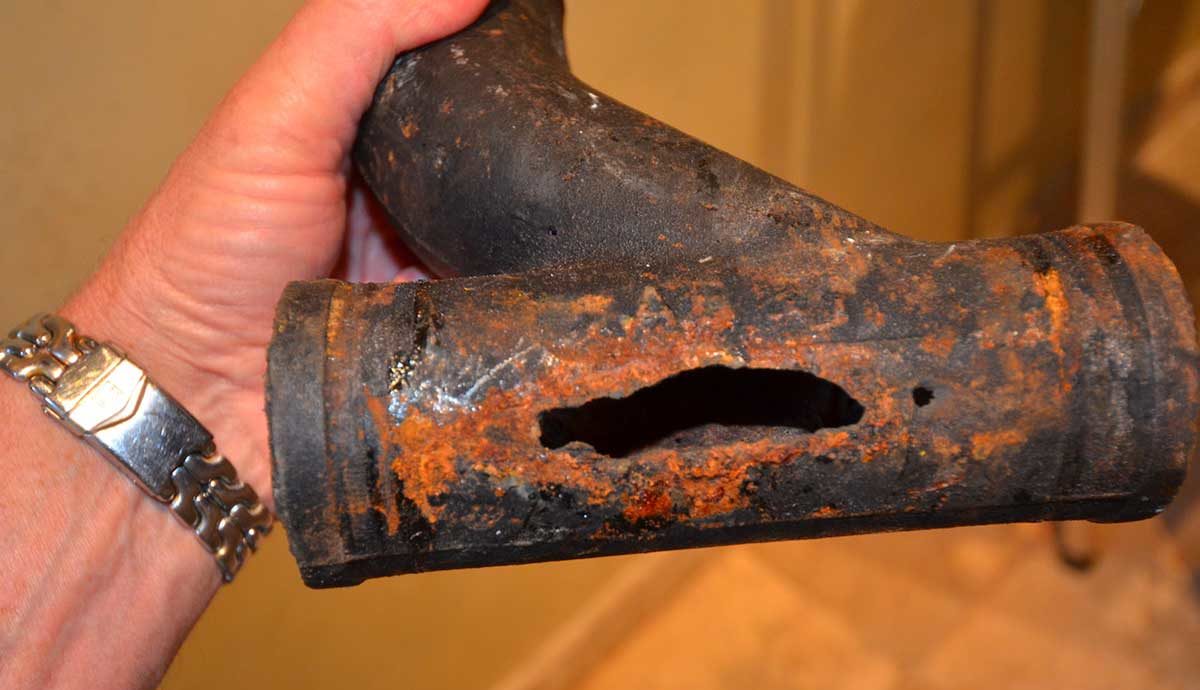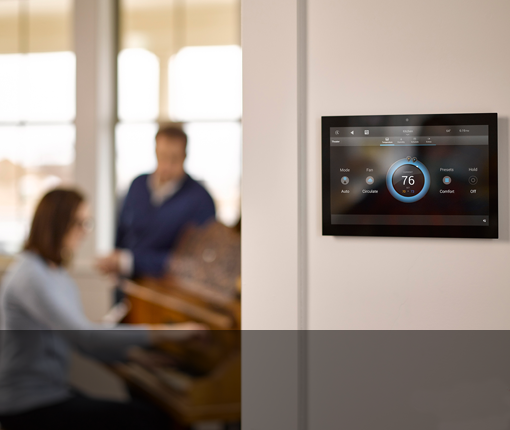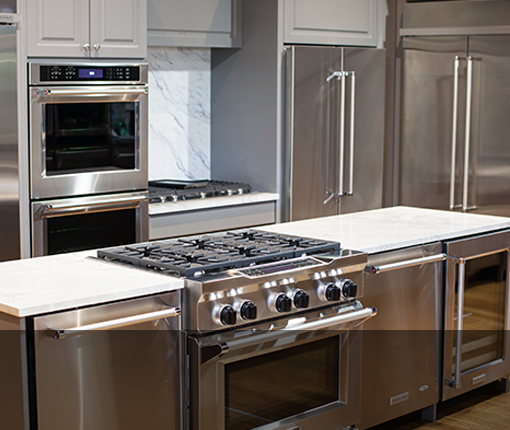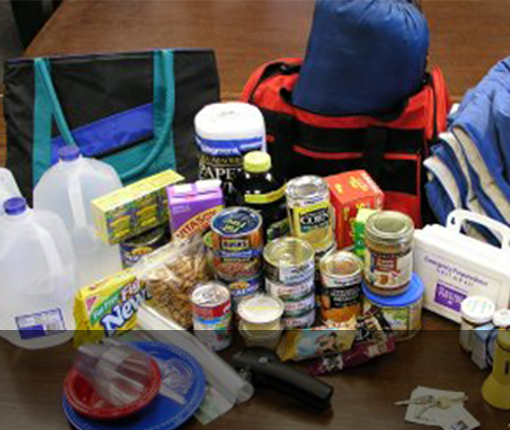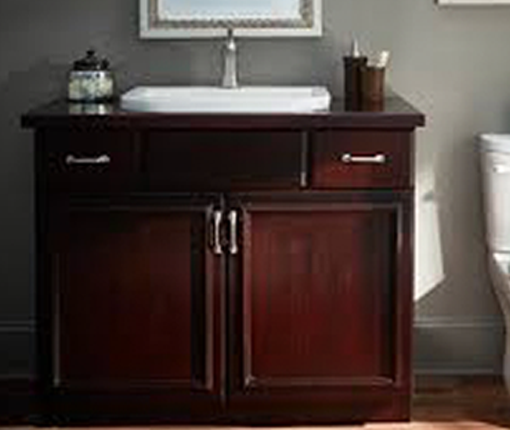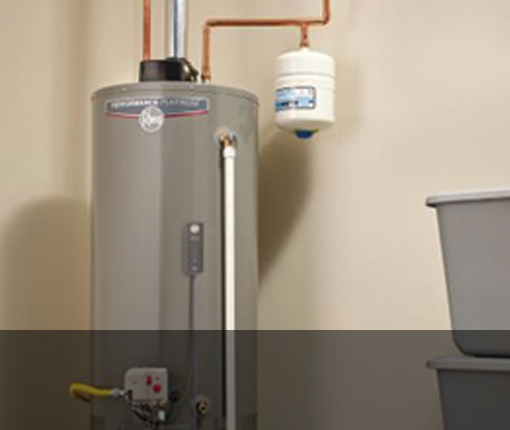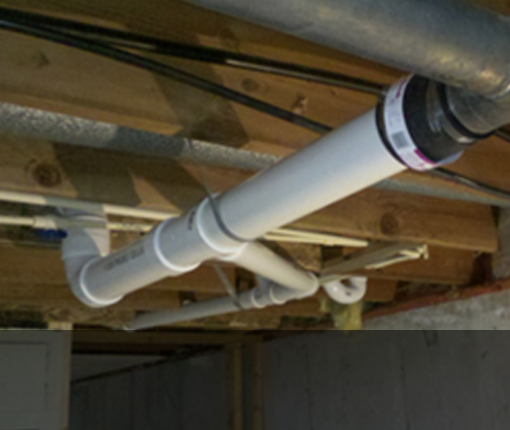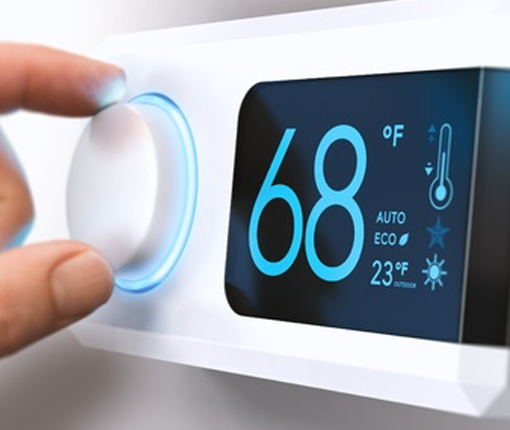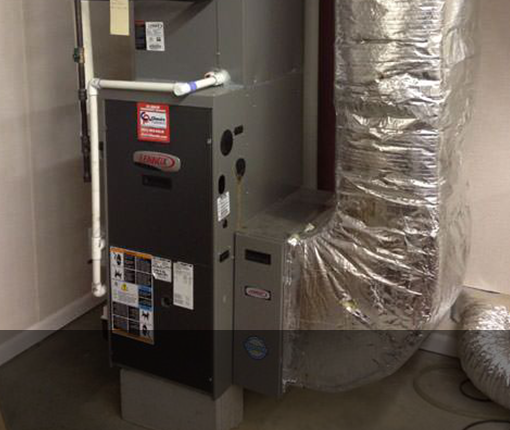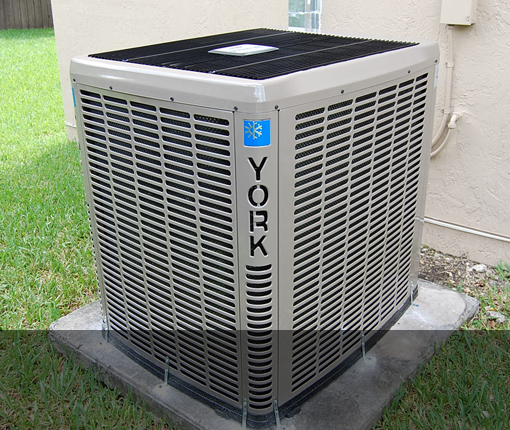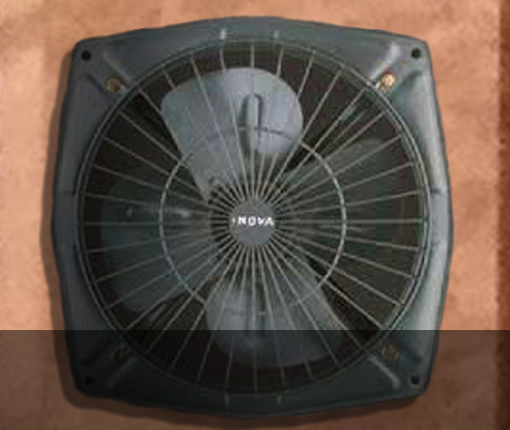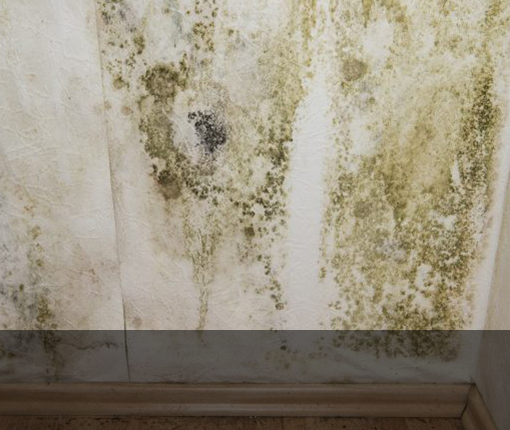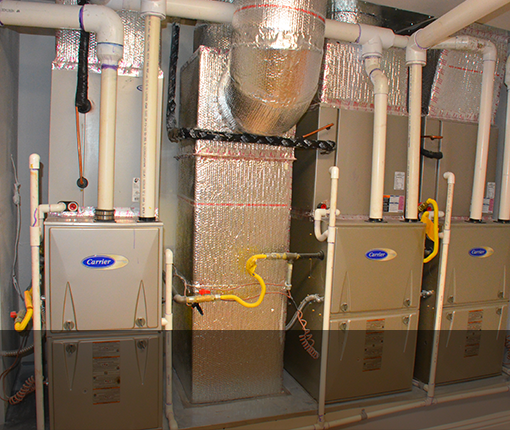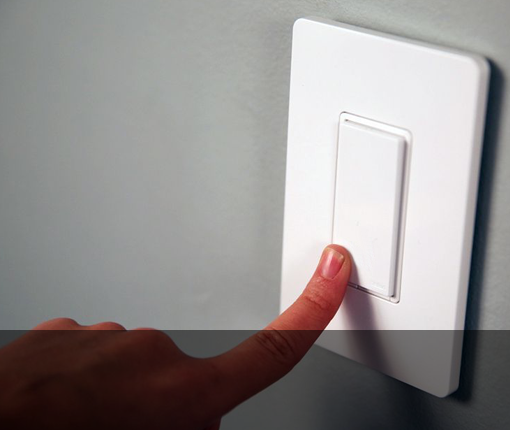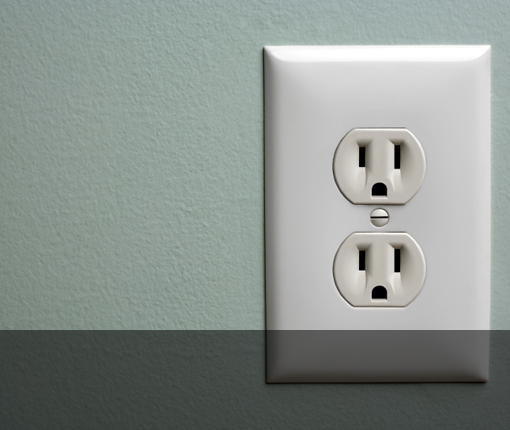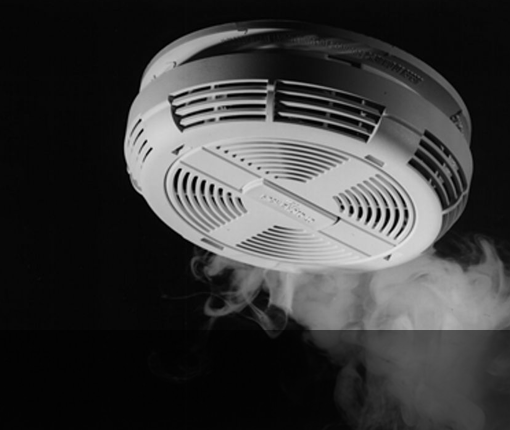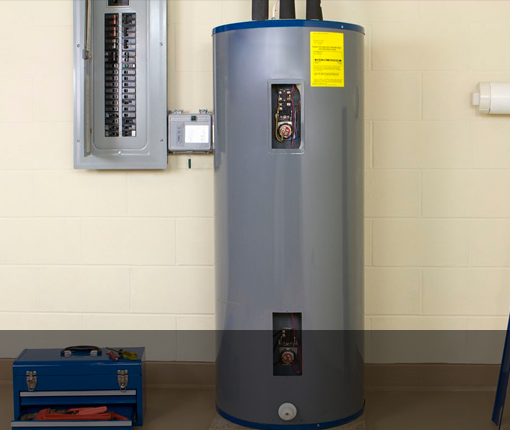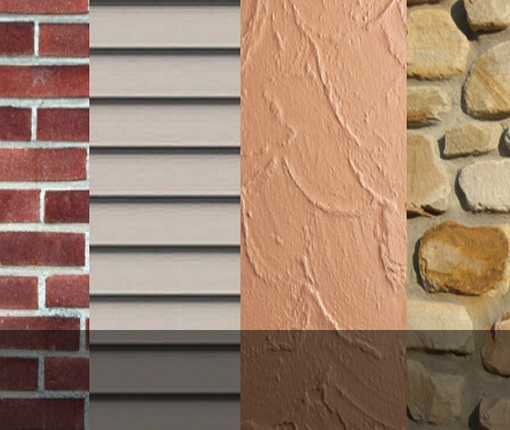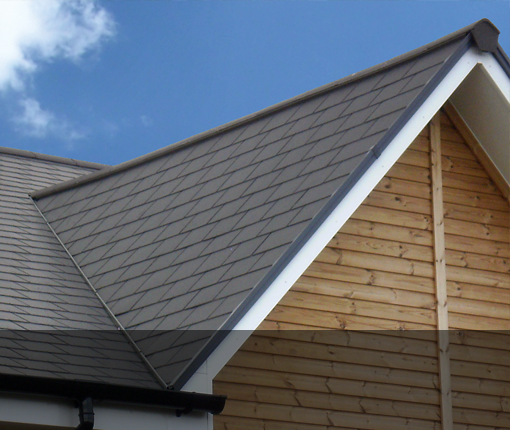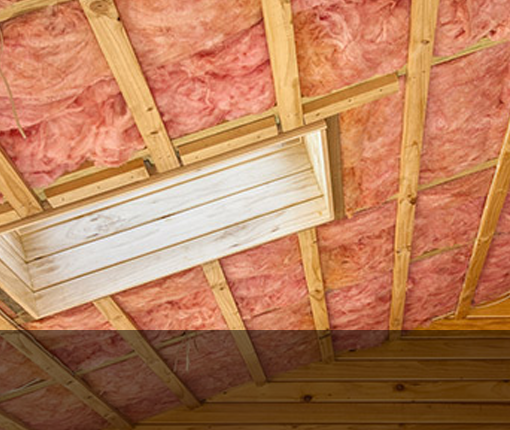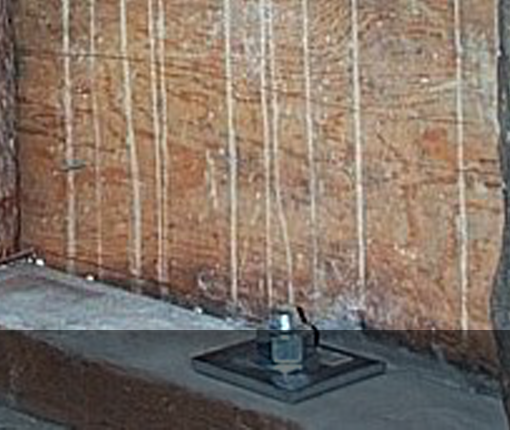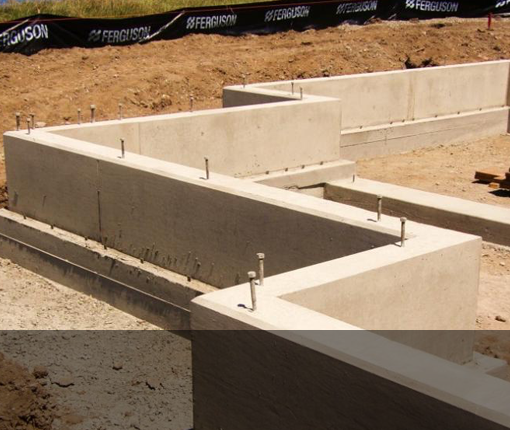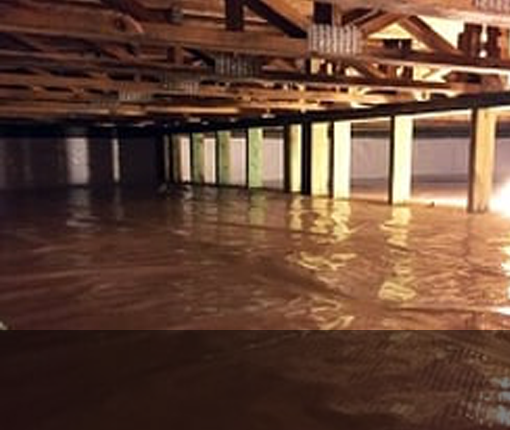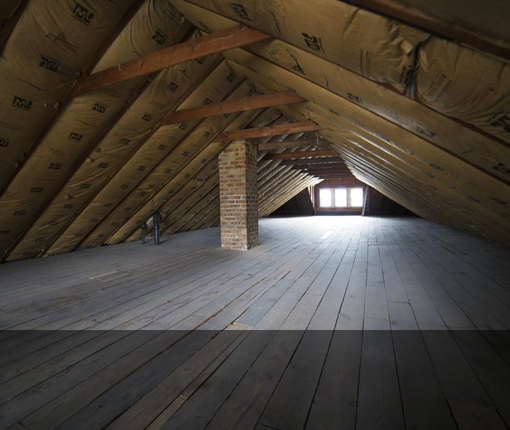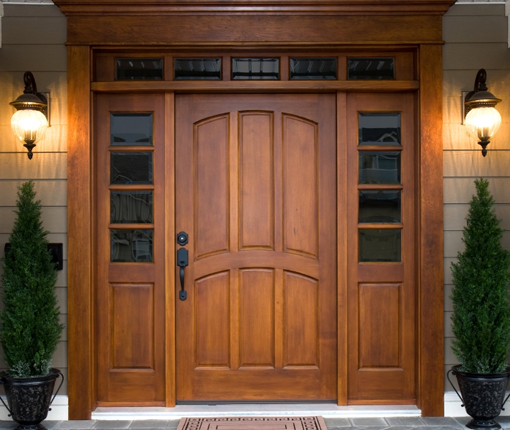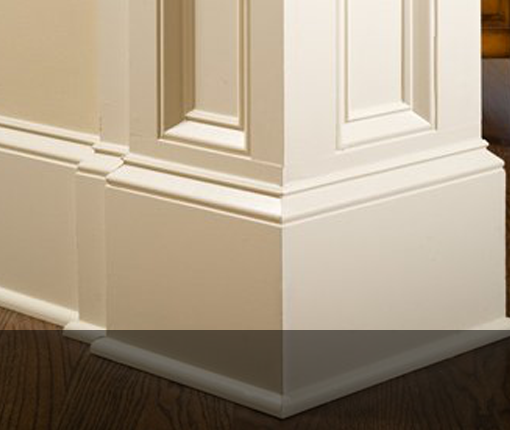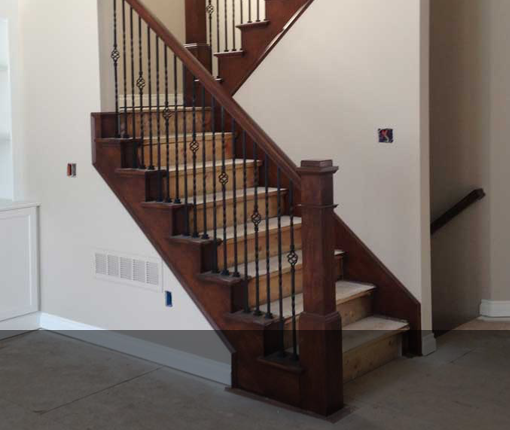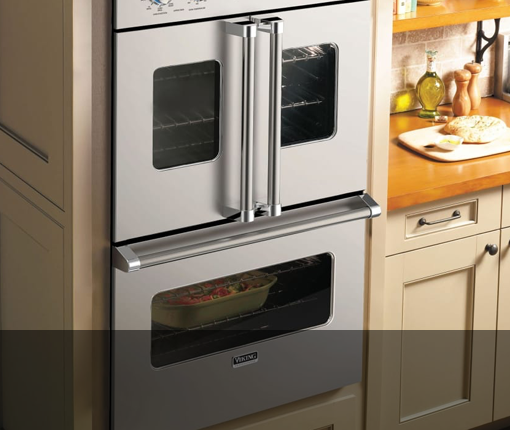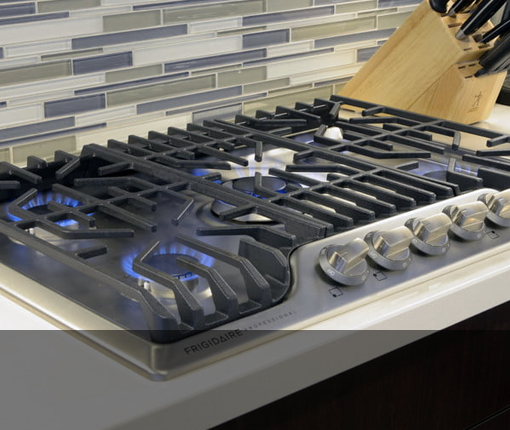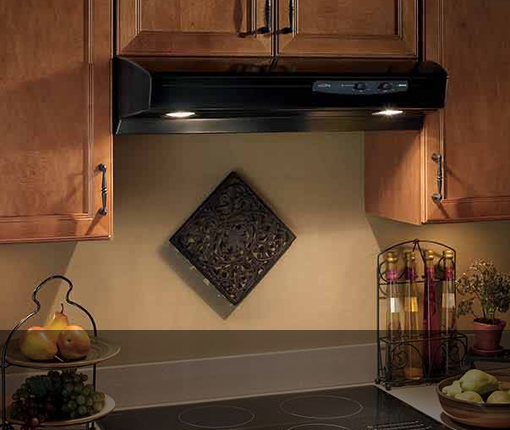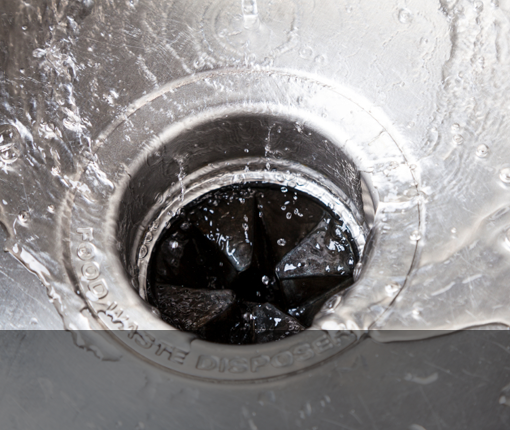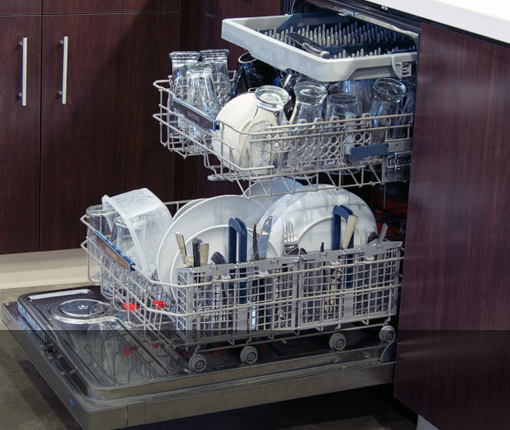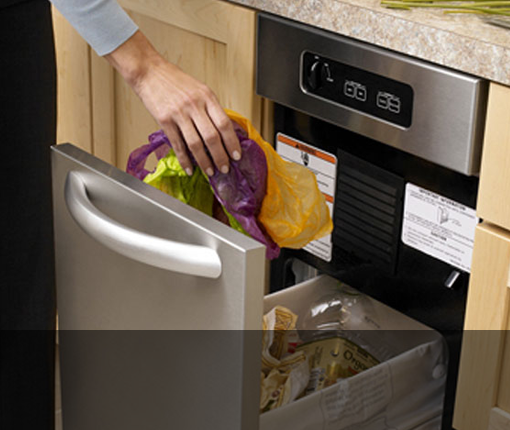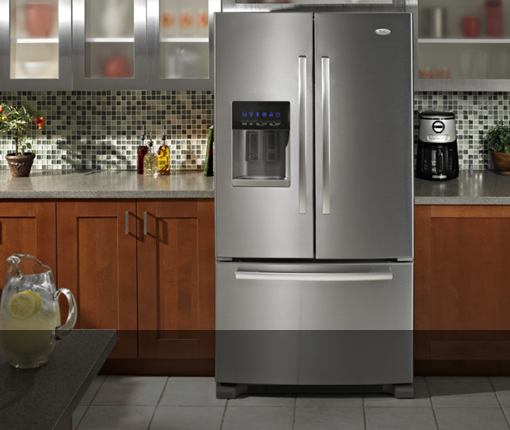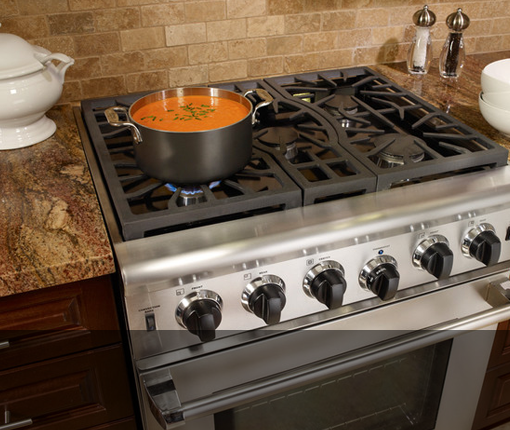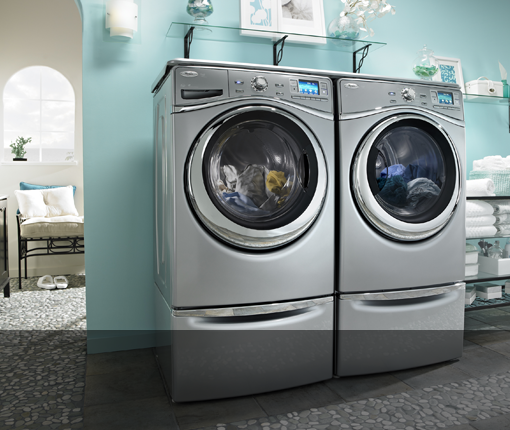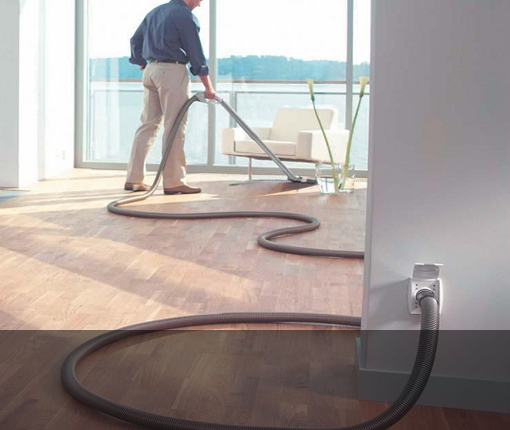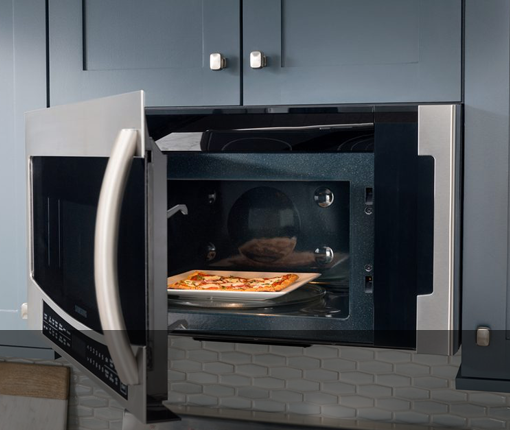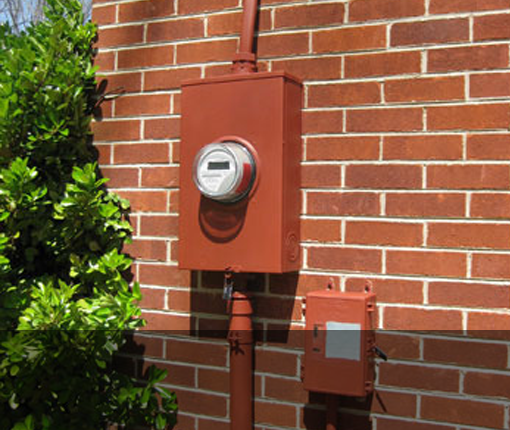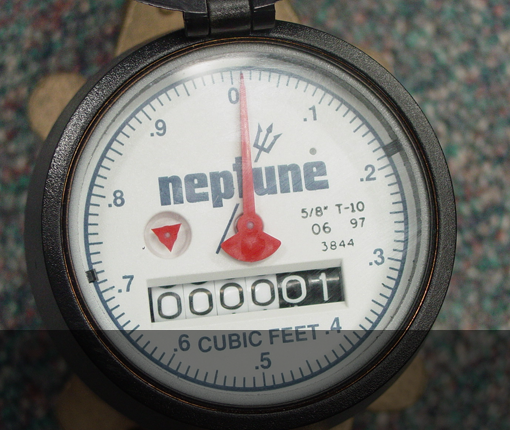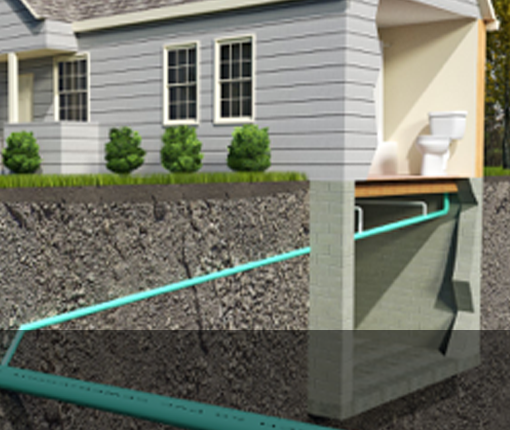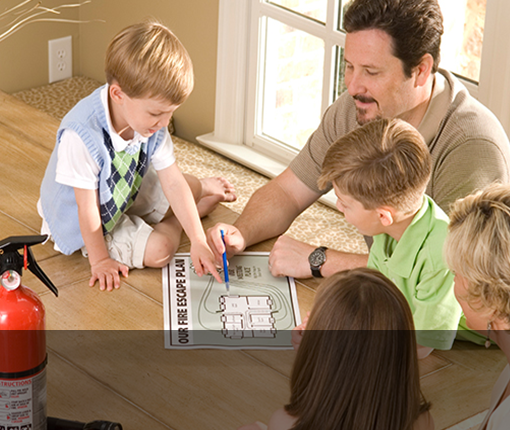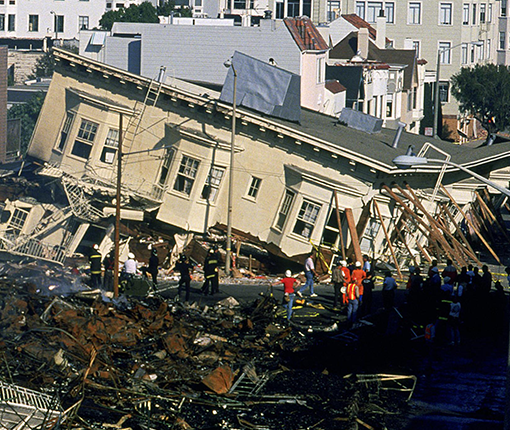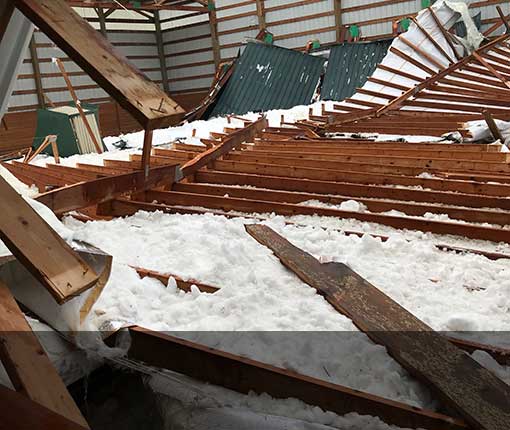Waste System
Drain, Waste and Vent Plumbing
The waste system in your home consists of vents, drains and a sewer line. Waste lines are 3-4″ diameter and run under your floors. They quickly move waste water and sewage from toilets and other fixtures to the main sewage lateral. Plumbing vents are smaller diameter pipes. Vents are connected to the waste and drain lines and run up to the roof. These allow sewer gas and odors to escape to the air above the home while preventing vacuums in the drain lines that might interfere with flow.
Information on your sewer lateral is located on my page on sewer lines. This contains all kinds of information about municipal or septic sewer systems.
Purpose
The waste system collects drain water from all the home’s various plumbing fixtures. Sinks, showers, bathtubs, toilets, washing machines, dishwashers and bidets are all connected through a lattice of pipe. The drain piping then delivers it to the municipal sewer line or to a septic tank system located on your property.
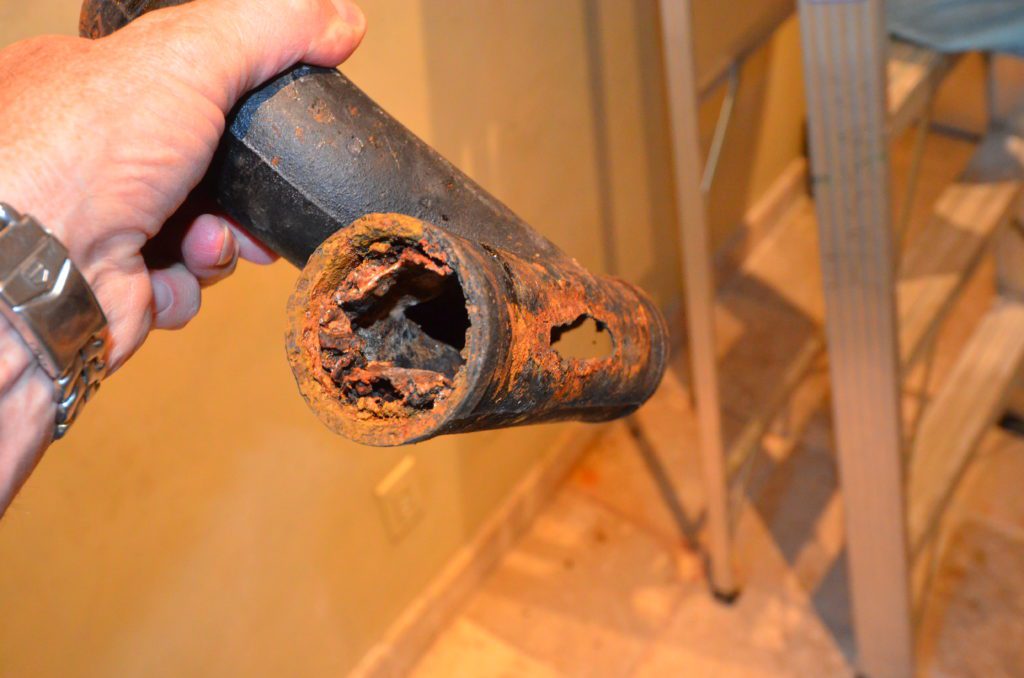
To-Do
- Locate your main sewer line and find the clean outs along the route.
- If your home has a crawl space, have the main sewer line inspected. Be sure that it is strapped and sloped properly, and there are no breaks or leaks. It is especially important to inspect the connections to the sewer lines and the toilets which are visible at the underside of the subfloor. Any leaks or water damage in these locations are important to have repaired ASAP. Report loose toilets ASAP because these will leak and damage the subfloor.
- Professional plumbers have advised me that in the case of a city sewer connection that it is good practice to leave an exterior clean out cap unscrewed. Do this somewhere between the house and the street as a precaution. In the event the main city sewer line backs up it will blow out of the unscrewed cap rather than flow into your home. YES, this can happen, and I agree with the professionals on this one. Better yet, just leave the cap unscrewed from the most obvious clean-out. Any problem will be noticed right away.
Maintenance
- 1x per year: Run water through the sewer clean outs to ensure the free flow of material.
- 1x per 2 years: for septic systems, rotate the leach fields every two years and inspect and pump the tank every five years.
Septic Systems
See Septic in Utilities
How Drains Work
Gravity powers most residential waste systems. Downward sloping drains move the waste water out of the house. Since gravity is the only means of moving the waste water, sometimes really big or heavy debris, or a section of poorly sloped piping can result in clogging. If this happens a plumbing snake or water jet can get the system flowing again. Do not use chemical drain cleaners. Learn why here.
Homes with finished basements, or where the sewer lines are uphill from the structure must incorporate ejector pumps. These elevate the wastewater up to the sewer or septic line as needed. It is critically important to maintain both the ejector and its power supply. A back up generator and/or emergency battery power supply is mandatory.
Vents
Vents are the mysterious little pipes that you see up on your roof. Vent pipes act as “breathers.” They allow air into and out of the drain system thus breaking vacuums in the line and eliminating trapped air bubbles. This helps the drains flow smoothly and directs all kinds of foul sewer odors to escape up and away from the house.
I once met a new client who was complaining that his house smelled like a sewer all the time. Apparently the home had been in that condition for years. None of the plumbers he had out could troubleshoot the problem. “There are no leaks in the crawlspace, none under the sinks or behind the washer. All of the traps are filled with water and working properly” he said. “You find the problem and I’ll be a customer forever.”
When I inspected the roof, I discovered all of the plumbing vents had been very thoroughly blocked off with duct tape. When I asked, the client confessed that he had done it, saying that he was afraid that “during heavy rains those open pipes up there would probably cause a leak.” I removed the tape in six minutes. Within a week the home had aired out and was fine. The smell had been strong enough that some soft, fabric items like carpets, drapes and clothing had to be replaced. Talk about nose blind! This person is still a client…and a friend, and no, I won’t say who it was.
Summary
To keep you safe and sanitary, the government has developed a lot of building code details about the waste system in your home. There are codes about the size of piping and types of fittings. Codes details about where vents must be located and how many. Leave that to a professional plumber. As homeowner, this is nearly everything you need to know about the waste system of your home.

